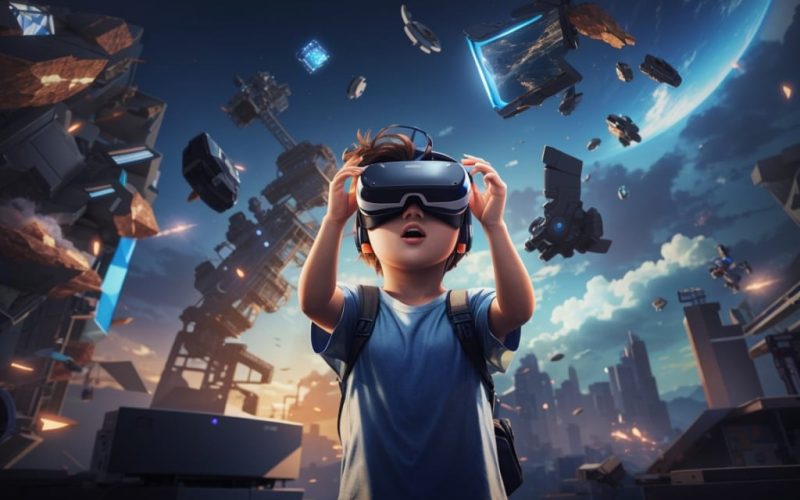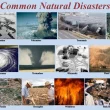Introduction
Animation has come a long way since its inception, evolving from simple hand-drawn sketches to sophisticated computer-generated imagery (CGI). As technology continues to advance, the future of animation promises even more groundbreaking developments. This article explores the trends to watch in the animation industry, providing insights into how these trends are shaping the future of animation.
Virtual Reality (VR) and Augmented Reality (AR)
-
Virtual Reality (VR)
Virtual Reality is revolutionizing the way we experience animation. By immersing viewers in a fully interactive 3D environment, VR allows for a more engaging and immersive experience. Animators are now creating content specifically for VR platforms, enabling audiences to explore animated worlds in ways that were previously unimaginable.
-
Augmented Reality (AR)
Augmented Reality, on the other hand, overlays digital content onto the real world. This technology is being used to create interactive experiences that blend the physical and digital realms. AR is particularly popular in mobile applications and games, where users can interact with animated characters and objects in their real-world environment.
Artificial Intelligence (AI) and Machine Learning
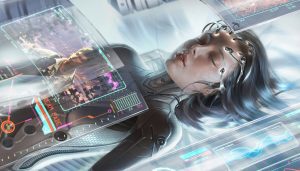
AI and machine learning are transforming the animation industry by automating various aspects of the animation process. From generating realistic character movements to creating complex backgrounds, AI algorithms can significantly reduce the time and effort required for animation production.
-
AI-Driven Animation Tools
AI-driven tools are becoming increasingly sophisticated, allowing animators to create high-quality animations with greater ease. These tools can analyze motion capture data, generate realistic facial expressions, and even predict how characters should move based on their physical attributes.
-
Procedural Animation
Procedural animation involves using algorithms to automatically generate animations based on predefined rules. This technique is particularly useful for creating complex and dynamic scenes, such as crowds or natural phenomena, without the need for manual key framing.
3D Animation and CGI
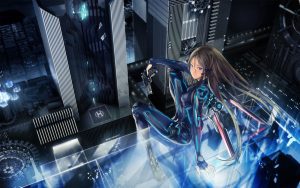
3D animation and CGI continue to dominate the animation industry, with advancements in rendering technology pushing the boundaries of what is possible. Modern 3D animation software allows for the creation of highly detailed and realistic characters, environments, and special effects.
- Real-Time Rendering
Real-time rendering technology is enabling animators to see the results of their work instantly, without the need for lengthy rendering times. This not only speeds up the production process but also allows for greater creative experimentation and iteration.
-
Photorealistic Animation
Photorealistic animation aims to create visuals that are indistinguishable from real life. With the help of advanced rendering techniques and high-resolution textures, animators can achieve stunning levels of realism, making animated films and games more immersive than ever.
Stylized Animation
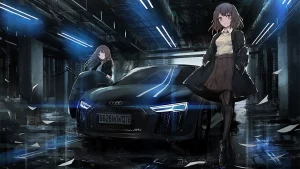
While photo realism is one direction, stylized animation offers a unique and artistic approach. Stylized animation emphasizes creative expression, using exaggerated shapes, colors, and movements to convey emotions and tell stories in a distinctive way.
-
2D and Hybrid Animation
2D animation is experiencing a resurgence, with many studios blending traditional 2D techniques with modern 3D elements to create hybrid animations. This approach combines the charm of hand-drawn animation with the flexibility and depth of 3D, resulting in visually captivating content.
-
Experimental Animation
Experimental animation pushes the boundaries of conventional storytelling and visual styles. By exploring new techniques and unconventional narratives, experimental animators are challenging the norms of the industry and paving the way for innovative and thought-provoking content.
Interactive and Personalized Content
The future of animation is increasingly interactive and personalized, with content tailored to individual preferences and behaviors. Interactive animations allow viewers to influence the storyline, making the experience more engaging and immersive.
-
Choose-Your-Own-Adventure
Choose-your-own-adventure animations let viewers make decisions that affect the outcome of the story. This interactive format is gaining popularity in both entertainment and educational content, providing a more engaging and participatory experience.
-
Personalized Animation
Personalized animation uses data and algorithms to tailor content to individual viewers. By analyzing user preferences and behavior, animators can create customized experiences that resonate more deeply with the audience.
Animation in Education and Training
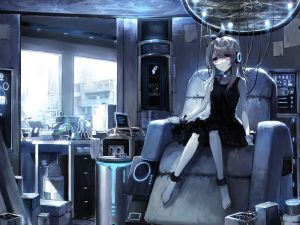
Animation is becoming an increasingly valuable tool in education and training, offering an engaging and effective way to convey complex information. From interactive e-learning modules to animated simulations, the use of animation in education is on the rise.
-
Educational Animations
Educational animations simplify complex concepts and make learning more enjoyable. By using visual storytelling and interactive elements, educators can enhance comprehension and retention of information.
-
Training Simulations
In professional training, animated simulations provide a safe and controlled environment for learners to practice skills and procedures. These simulations can replicate real-world scenarios, allowing trainees to gain hands-on experience without the risks associated with real-life training.
The Future of Animation in Film and Television
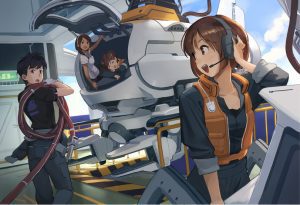
The film and television industry continues to be a major driver of innovation in animation. As streaming platforms and digital content consumption grow, the demand for high-quality animated content is increasing.
-
Streaming Services
Streaming services are investing heavily in original animated content, providing opportunities for diverse and experimental storytelling. This trend is leading to a greater variety of animated series and films, catering to different audiences and tastes.
-
Cross-Media Integration
Cross-media integration involves combining animation with other forms of media, such as live-action footage or interactive experiences. This approach creates a more immersive and multi-dimensional viewing experience, blurring the lines between different entertainment mediums.
Conclusion
The future of animation is bright and full of exciting possibilities. With advancements in technology and a growing demand for innovative content, the animation industry is poised for continued growth and evolution. From VR and AI-driven tools to personalized and interactive experiences, the trends discussed in this article highlight the dynamic and ever-changing landscape of animation. As we look to the future, it is clear that animation will continue to captivate and inspire audiences around the world.






